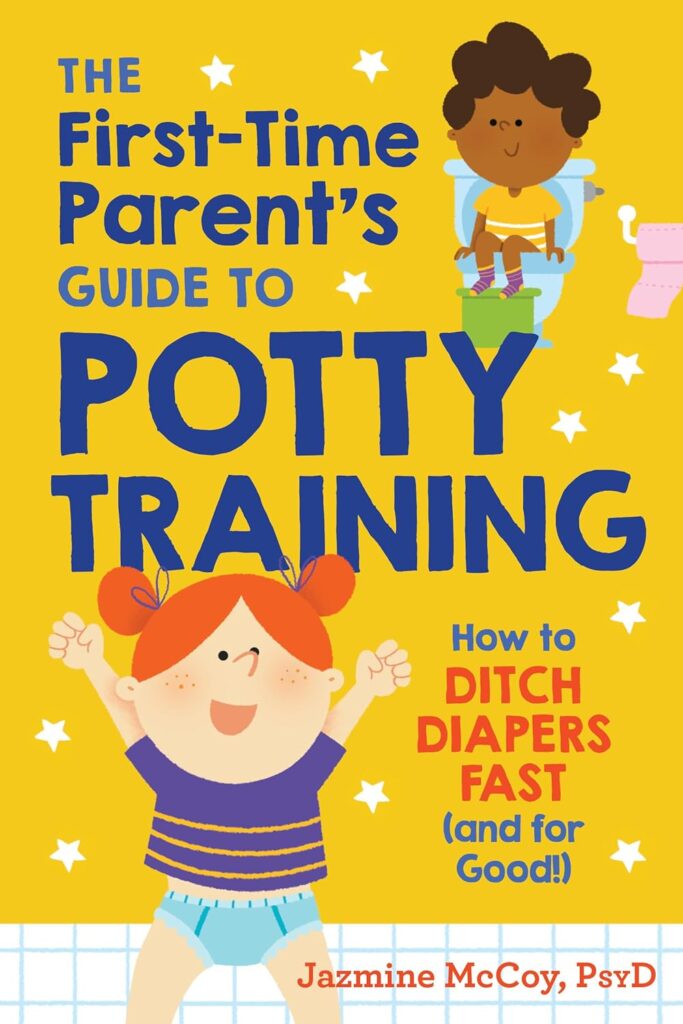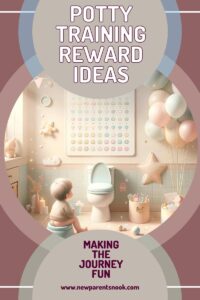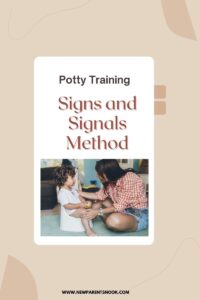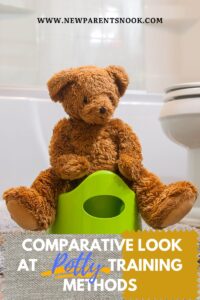Some links on our blog are affiliate links, meaning at no extra cost to you, we may earn a commission if you purchase through them. We participate in the Amazon Affiliate Program, and we recommend products we believe in. Your support helps us keep providing valuable content. Thank you!
cs a more structured approach to toilet training that relies on the parents initiating and guiding the process according to a predetermined schedule or plan.
Unlike child-oriented methods that wait for signs of readiness from the child, parent-led training often begins at an age or time chosen by the parent, based on their judgment of the child’s capability to start the training process.
This method can be effective for families looking for a more direct and possibly quicker transition out of diapers. Here’s an overview of what Parent-Led Potty Training involves:
Key Principles:
Scheduled Attempts: Parents set times throughout the day for the child to sit on the potty.
These times can be based on common sense, such as after meals or before bedtime, and aim to build a routine.
Initiation: The initiation of potty training is determined by the parent, often based on the child’s age rather than waiting for a multitude of readiness signs.
Parents may start this process around the age of two, or sometimes earlier.
Instruction and Guidance: Parents play an active role in teaching the child how to use the potty, including how to recognize the urge to go, how to sit on the potty, and the importance of hygiene practices like washing hands.
Rewards and Praise: Positive reinforcement is used to encourage desirable behavior.
Rewards, such as stickers or praise, are given for successful use of the potty, and encouragement is provided for attempts, even if unsuccessful.
Advantages:
Predictability and Structure: This method provides a clear structure and routine, which can be comforting for both the child and the parents.
It also helps establish consistent habits.
Active Parental Involvement: Parents are closely involved in the training process, allowing them to directly observe and address their child’s progress and challenges.
Potential for Quick Success: Some children respond well to this structured approach, leading to quicker potty training compared to more child-led methods.
Considerations:
Resistance: Some children may resist the process if they feel pressured or if they’re not developmentally ready, leading to potential power struggles.
Timing: Starting too early or pushing too hard can lead to frustration for both the child and the parent. It’s important to remain flexible and patient.
Balance: Finding the right balance between providing structure and recognizing the child’s cues and needs is crucial. Too much pressure can be counterproductive.
To summarize
Parent-Led Potty Training suits families who prefer a more hands-on, structured approach to milestones and are ready to commit the time and energy to a more intensive process.
Success with this method requires consistency, patience, and a willingness to adjust the plan based on the child’s responses and progress.
While it can offer quicker results for some, it’s important to watch for signs of readiness and ensure the child is not overwhelmed by the process.








